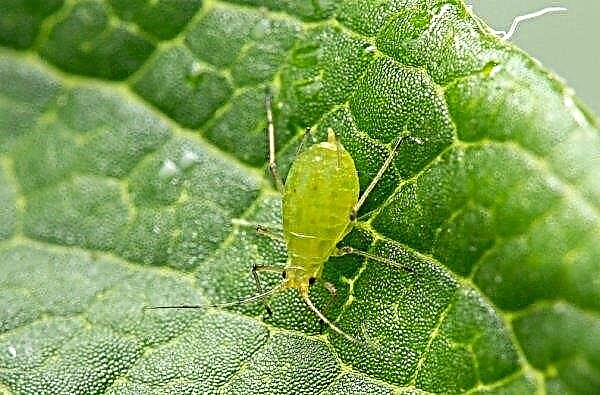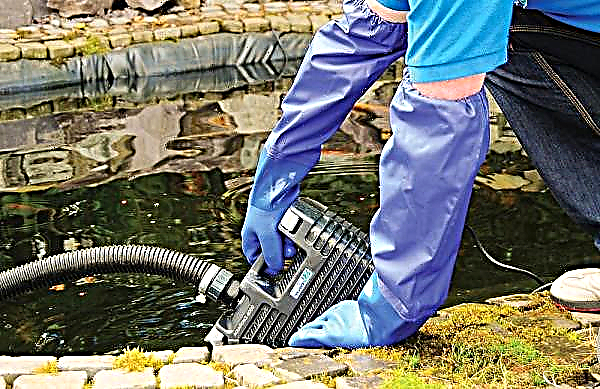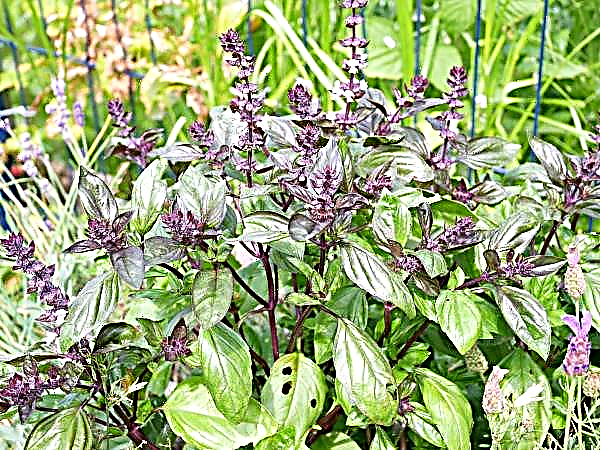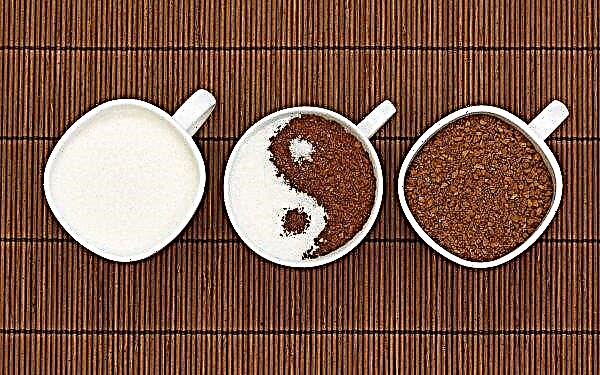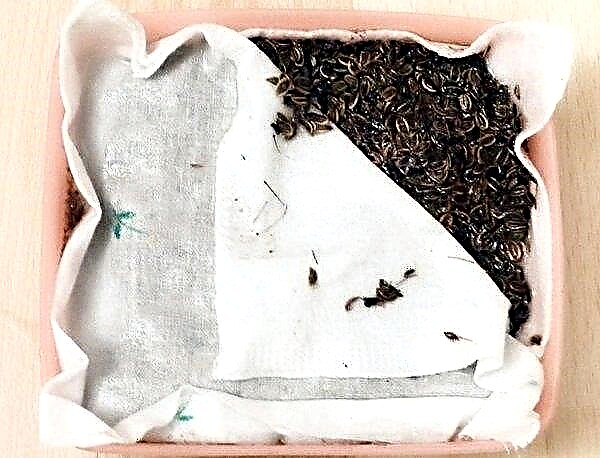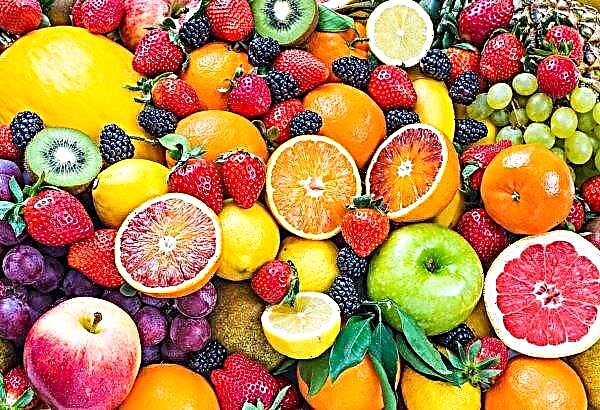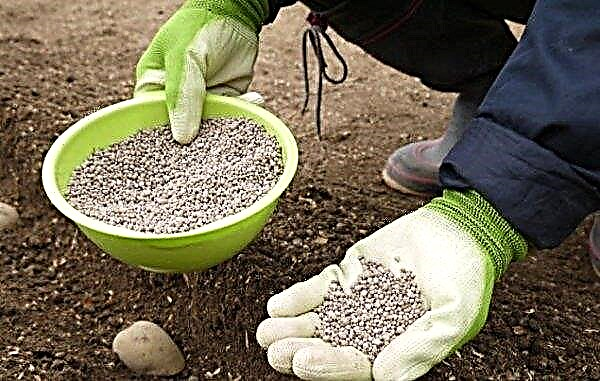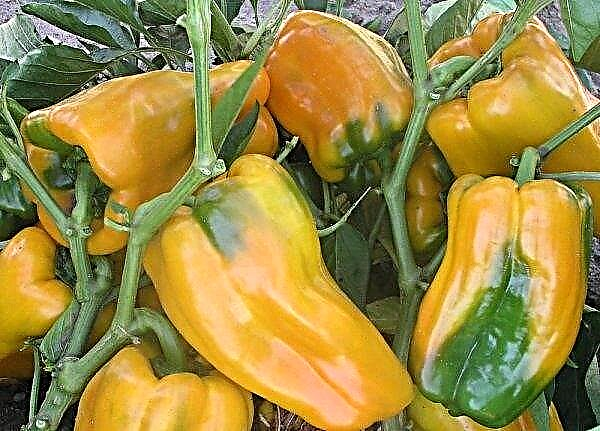Among the few indoor plants that bloom in winter, the most striking representative is the Christmas tree (Decembrist). The flower needs periodic dressing for lush flowering. About how and when you need to feed a Christmas tree, read in this review.
Decembrist care features
Basic care rules:
- The flower tolerates low light well, but peduncles intensively develop under normal lighting conditions. Therefore, he should stand in a bright room so that direct sunlight does not fall on him.
- Excessive lighting can cause yellowing (chlorosis) of the edges of the stems and slow down growth. In summer, the place where the Decembrist grows, you need to silently pritenit.
- The Decembrist needs frequent and thorough watering during active growth in spring and summer. The soil should always be slightly moist.
- Fertilizing with fertilizers can be done every 2 weeks or once a month.
- Preferred air temperature is 15–21 ° C, with medium or high humidity. Therefore, under the container with the flower, there must be a tray with pebbles and water.
- After the Decembrist fades, he needs to enter a period of rest. To do this, watering and lighting are reduced to a minimum. The night should last at least 12 hours at an air temperature of about 10-12 ° C.
- The Decembrist does not tolerate a draft. Its pot should be positioned so as not to fall under direct air currents from doors and windows.
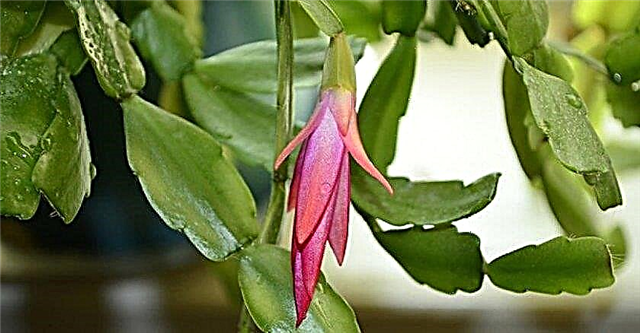
What is feeding necessary for?
Nutrition can help the growth of the Decembrist. Mandatory are root and leaf dressing. If the leaves fall, then this means that the Christmas tree is in poor conditions (mismatch of humidity, lack of nutrients), and it is necessary to arrange the right conditions for it.
This procedure keeps the flower in perfect condition. If you do not feed the plant, then with a lack of nutrients, the Christmas tree falls into a peculiar lethargic dream: he begins to die slowly.
Important! The Decembrist needs a 14-hour dark time for laying flower buds, so it is better to put it in a room where you rarely visit in the evening.
General rules and terms of feeding
During flowering, Decembrist actively consumes minerals. After it fades, a dormant period is organized. Top dressing begins in the growth phase, usually from April to October. The last top dressing is carried out a month before the appearance of the buds, i.e., approximately at the end of October, but it depends on the flowering period of your Decembrist variety.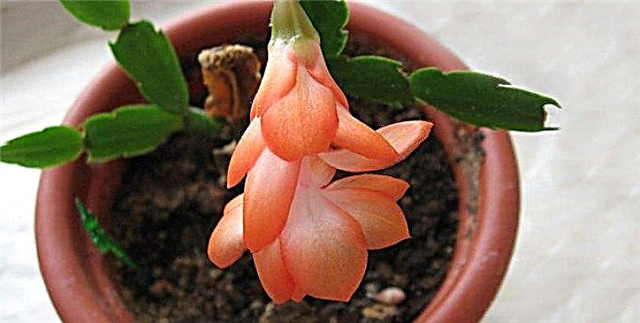 Actively growing Christmas needs 1 feeding per month. With slow growth, 2 top dressings are required. If you feed the flowering Decembrist, he will begin to drop flowers.
Actively growing Christmas needs 1 feeding per month. With slow growth, 2 top dressings are required. If you feed the flowering Decembrist, he will begin to drop flowers.
How and what to feed the Decembrist to bloom at home
To feed the Decembrist, fertilizers are used containing:
- nitrogen;
- phosphorus;
- potassium.
Fertilizers can be sold in the form of granules or solutions. Granular fertilizers are recommended to be dissolved with distilled (clean) water so as not to upset the balance of trace elements.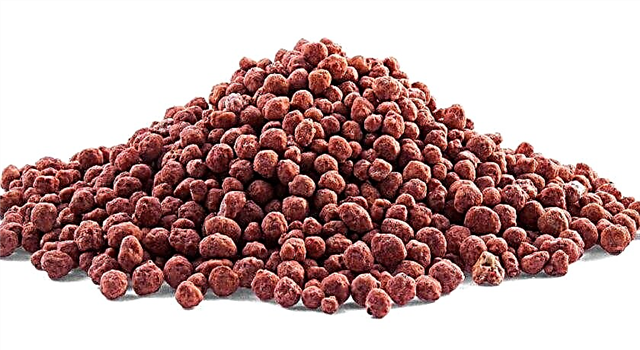 Feeding technology is as follows:
Feeding technology is as follows:
- Before fertilizing, the soil must be well moistened.
- Read the instructions on the fertilizer packaging carefully. If it says that the substance should be dissolved in hot water or some other additional nuances, be sure to consider them.
- Stir the mineral fertilizer in water and leave for 10 minutes until completely dissolved. If you add organic matter, then you need to insist it for at least 3 hours to get a more saturated solution of nutrients.
- Pipette 1 to 2 cups of solution under each plant.
Important! If you notice that Decembrists are overfed and there is a high content of trace elements in the soil, water the plant abundantly, washing off the excess salts with water.
Wood ash
Wood ash contains salts of calcium (more than 60%), potassium, magnesium, phosphorus and sodium. Calcium enhances metabolic processes in cells, thereby affecting the development of inflorescences. Wood ash dissolves well in water and is quickly absorbed. To feed Decembrist with ash, dissolve 2 tablespoons of the substance in water. Enough 1 liter of water for 30-50 g of ash. Ash must be infused to give away nutrients to water. Wait 2-3 hours and water the plant.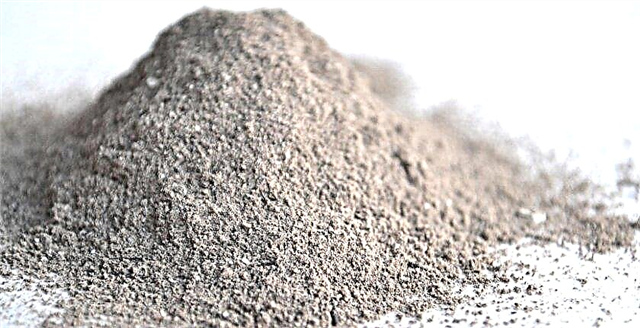
Boric acid
Boric acid is a source of boron necessary for intercellular metabolism and enhance photosynthesis. It is applied in the form of root top dressing or spraying. If the flowers of the Decembrist fall, then this is a sign of a lack of boron.
Important! Boron is soluble only in warm water with a temperature of +50–55°WITH.
Root dressing is carried out if it is necessary to strengthen the development of the root system, and spraying - to strengthen the leaf part. The consumption rate of the drug: 0.5 teaspoon per 1 liter of water.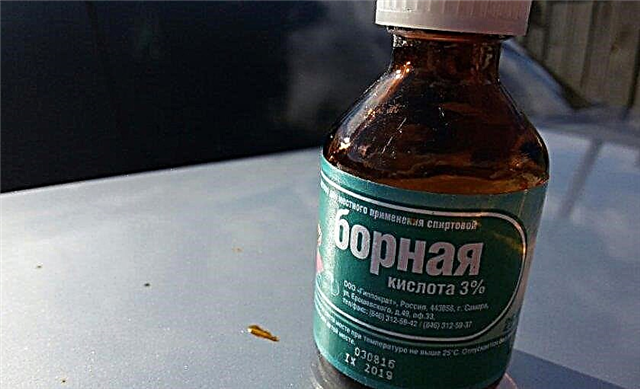
Sugar
Glucose contained in sugar is used in the formation of new cells. In order to absorb glucose, the Christmas tree needs carbon dioxide, so it is advisable to feed the flower with sugar at the same time as adding a drug that contains useful (effective) bacteria - an EM drug. These include, for example, Baikal EM-1. Bacteria will turn sugar into substances that will be absorbed by the flower.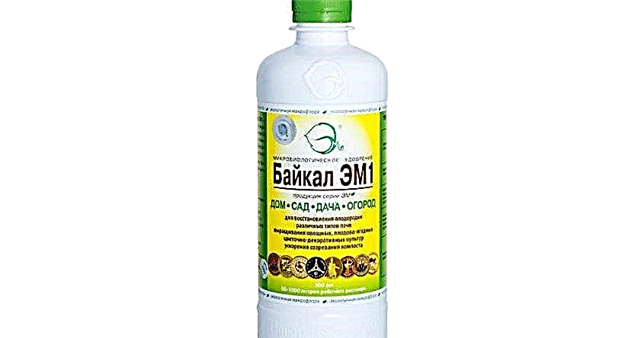 Without the use of such drugs, sugar will turn into a source of mold and root rot. The rate of sugar application: 1 tbsp. spoon in 0.5 liters of water. Top dressing is carried out once a month.
Without the use of such drugs, sugar will turn into a source of mold and root rot. The rate of sugar application: 1 tbsp. spoon in 0.5 liters of water. Top dressing is carried out once a month.
Did you know? The composition of Baikal EM-1 includes about 80 different types of bacteria and fungi: they improve the condition of the soil by neutralizing pathogenic microflora. This improves the quality of the soil and contributes to the good development of plants.
Hydrogen peroxide
The uniqueness of hydrogen peroxide is to improve the condition of the soil and Christmas tree. The formula of a substance contains 1 oxygen atom more than the formula of water. In contact with microorganisms, oxygen exhibits oxidizing properties, destroying pathogens, thereby increasing the health of plants and their resistance to the environment.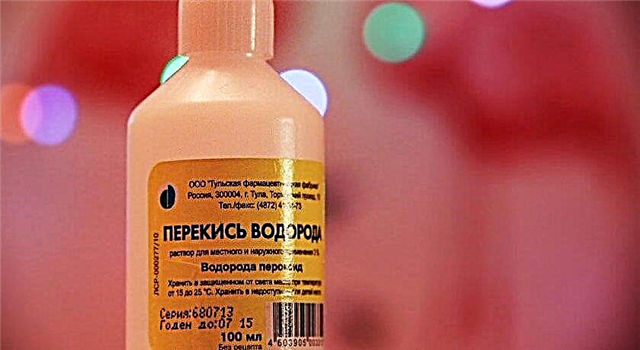 In addition, the soil is saturated with oxygen - this is a useful property for the development of the root system of the Decembrist. For processing, 3% hydrogen peroxide is used in an amount of 20 ml per 1 liter of water. Flowers are watered with such a solution 1-2 times a week, depending on their condition.
In addition, the soil is saturated with oxygen - this is a useful property for the development of the root system of the Decembrist. For processing, 3% hydrogen peroxide is used in an amount of 20 ml per 1 liter of water. Flowers are watered with such a solution 1-2 times a week, depending on their condition.
Important! Peroxide is a volatile substance, so the solution must be used immediately after preparation.
Fresh apples
From fallen apples make liquid compost for fertilizing plants. The collected fruits are put in a container and filled with water for 2/3 of the volume. The solution is closed with a lid, under which the fermentation process takes place. If the container will stand in the sun, then fermentation will become more active. After 10 days, you will receive an aqueous solution rich in vitamins and minerals, which you can feed Decembrist and other plants. To neutralize the smell that will come from the container with apples, add a liquid solution of valerian there.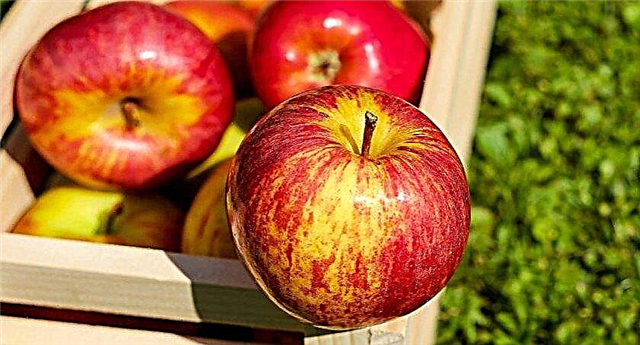
Tea
Tea brewing is a shredded tea leaf that contains potassium, calcium, iron and magnesium. It can become a source of organic fertilizers. Welding reduces the density of the soil, which contributes to the growth of roots.
Important! Do not throw tea leaves in a flower pot: it acidifies the soil, creates conditions for the development of mold, small soil midges and other pathogenic microflora.
If you drink tea with sugar, then the tea bag must be washed from its residues. Separate bags are collected, dried. Prepare a solution of 4 tea leaves and 1 liter of boiling water. Sachets are poured with boiling water and insisted for 3 hours. Plants are watered with this solution instead of the usual watering: this is how you enrich the soil with the beneficial elements contained in tea.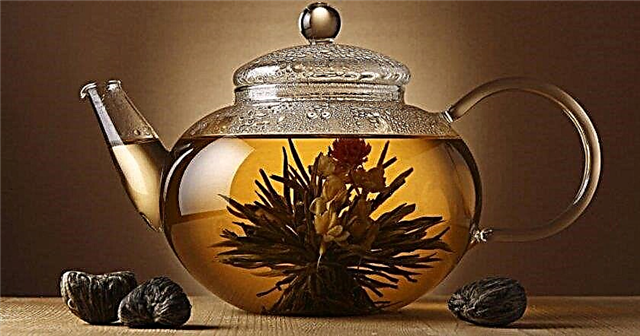
Signs of improper feeding
Signs of insufficient nutrients are:
- growth retardation;
- smaller and paler leaves;
- poor blooming or falling flowers.
The presence of spots on the leaves indicates a plant disease, but a change in the color of the leaves is a sign of a lack of certain nutrients.
Did you know? Decembrist can live 20–30 years under good conditions for growth and development.
Signs of improper feeding:
- large stem, small leaves of intense green color, lack of flowers - Signs of an excess of nitrogen;
- yellow spots on the surface of the leaves - an excess of phosphorus is possible;
- very light shade of leaves, falling leaves - This is an excess of potassium.
Operational help to the Decembrist is plentiful watering. Water will wash away excess substances deep into the soil, and the plant will be able to recover.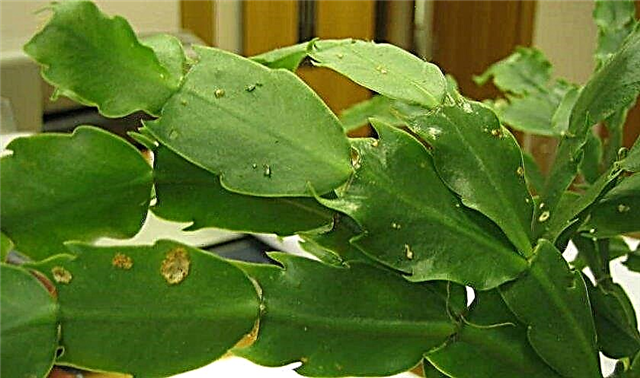
Extra Care Tips
Before applying fertilizers, consider a few important rules:
- After transplanting into a new pot and new soil, do not fertilize for at least 1 month, as the new soil contains a sufficient amount of nutrients.
- Water the soil before top dressing - this improves the absorption of nutrients by the root system.
- A sick Christmas is first treated, but during this they are not fed.
- Top dressing is applied according to the life cycle of the plant.
- Do not use synthetic and organic fertilizers at the same time - you can overfeed the Decembrist.
- Follow the instructions on the fertilizer packaging.
Decembrist, like other plants, develops well if the conditions for its cultivation are met and it is provided with trace elements. Choose the proportions of fertilizers based on the condition of the plant. If you are not sure that something is lacking for Decembrist, apply a half dose of fertilizer - this will not do much harm, and Decembrist will be able to please you with an active Christmas bloom.

